Deep in the mist-shrouded Andes, where the past whispers through stone, Peruvian archaeologists have uncovered a hidden spur of the legendary Inca Trail. This discovery, announced by the Ministry of Culture last week, promises to rewrite portions of what we know about the vast Qhapaq Ñan network that once connected the Inca Empire. Unlike the well-trodden routes to Machu Picchu, this newly revealed path snakes through untouched cloud forests and forgotten ruins before joining the main trail near the Sun Gate. Authorities confirm it will open for limited guided hikes starting March 2025—with only 500 permits issued annually to protect its fragile ecosystem.
The Lost Path Emerges
Local farmers first reported unusual stonework beneath landslide debris near the Vilcabamba range in 2019. What excavation teams later revealed was no crude footpath, but a masterclass in Inca engineering—a 12-mile corridor featuring intact retaining walls, ceremonial platforms, and an ingenious drainage system that still functions after five centuries. "This wasn't just a trade route," lead archaeologist Marisol Quispe explains. "The alignment with celestial events and the presence of ushnu (ritual platforms) suggest pilgrims used this trail for sacred journeys to Machu Picchu."
Unlike the classic Inca Trail's switchback climbs, this route follows a gentler gradient, winding through microclimates that range from orchid-draped woodlands to alpine grasslands. The most breathtaking section—a suspended stone causeway across the Urubamba River gorge—required three years of stabilization before being deemed safe for visitors. "The Incas built this during an era without modern tools, yet it withstands earthquakes better than our highways," notes structural engineer Javier Mendoza, who supervised the restoration.
Controlled Access for Preservation
The Peruvian government faces a delicate balancing act. While eager to share this cultural treasure, officials remember the environmental damage caused by over-tourism on the main Inca Trail prior to 2001's visitor limits. The new policy mandates groups of no more than eight, accompanied by both a licensed guide and a resident Quechua interpreter. Camping will be prohibited along the route, with hikers required to stay at newly built eco-lodges using traditional construction methods.
Permits won't come cheap—$1,200 per person, nearly triple the cost of the standard Inca Trail trek. But this includes something money typically can't buy: solitude. With only two groups departing weekly during the May-October dry season, travelers might spend hours hearing nothing but the call of Andean condors and the rustle of Polylepis trees. "We're not selling a hike," emphasizes tourism minister Ricardo Acosta. "This is a chance to walk through history with the reverence it deserves."
The Hidden Sites Along the Route
Three previously undocumented archaeological complexes dot the trail, their purpose still puzzling researchers. The most striking is Wamanmarka ("Hawk City"), a cliffside observatory where celestial alignments suggest Inca priests tracked solstices. Then there's the Terrace of Voices—a semicircular amphitheater where whispers carry clearly across 300 feet, likely used for ceremonial announcements. The final mystery lies at the trail's highest point (13,450 ft): a carved stone pillar resembling a Spanish conquistador's helmet, predating European contact by decades. "Either it shows remarkable prescience," quips historian Elena Gutierrez, "or we've misunderstood Inca iconography."
Botanists accompanying the excavation teams made their own discoveries, identifying six plant species previously unknown to science, including a magenta-flowered vine the Quechua call warmi p'acha ("woman's dress"). The area's biodiversity hotspot status prompted UNESCO to fast-track its evaluation for World Heritage designation, with a decision expected by late 2024.
Logistical Challenges and Cultural Considerations
Getting there remains half the adventure. The trailhead at Huancacalle requires a bone-rattling seven-hour drive from Cusco, followed by a two-mile hike just to reach the starting point. This deliberate inaccessibility filters out casual tourists. More controversially, the government has granted the nearby Q'ero nation—considered direct descendants of Inca nobility—veto power over visitor conduct. Their stipulations? No synthetic fabrics (which snag on ancient masonry), mandatory coca leaf offerings at trailside shrines, and silence zones near sacred springs.
Some in the trekking industry bristle at these restrictions, but anthropologists applaud the approach. "For once, we're prioritizing living culture over ruin tourism," says Dr. Felipe Rojas from the Andean Oral History Project. He notes that Q'ero elders will train guides in proper ritual protocols, ensuring visitors understand they're traversing a landscape still charged with spiritual meaning.
The 2025 Experience: What Trekkers Can Expect
Those securing permits will embark on a five-day, four-night journey radically different from commercial Inca Trail trips. Mornings begin with traditional despacho ceremonies, where offerings are made to Pachamama (Earth Mother). Porters come from local villages rather than professional agencies, carrying loads in handwoven q'epi bags instead of synthetic backpacks. Nightly storytelling sessions feature Quechua legends about the trail's origins—including the tale of how the moon goddess Quilla wept silver tears onto the stones.
The climax comes at dawn on the final day, when hikers emerge through a newly cleared tunnel to catch their first glimpse of Machu Picchu from an angle unseen by tourists since Hiram Bingham's 1911 "discovery." This carefully timed arrival precedes the main site's opening hours, granting private access to the citadel's most sacred spaces before crowds arrive. "It's about quality over quantity," sums up head guide Tupac Yupanqui. "You'll leave with more than photos—you'll carry the mountain's breath in your bones."

By Lily Simpson/Apr 7, 2025
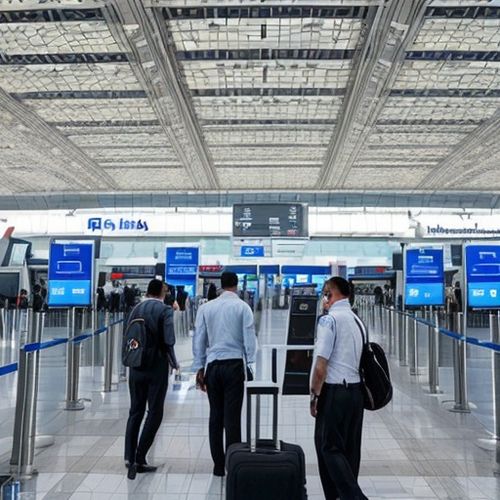
By Samuel Cooper/Apr 7, 2025
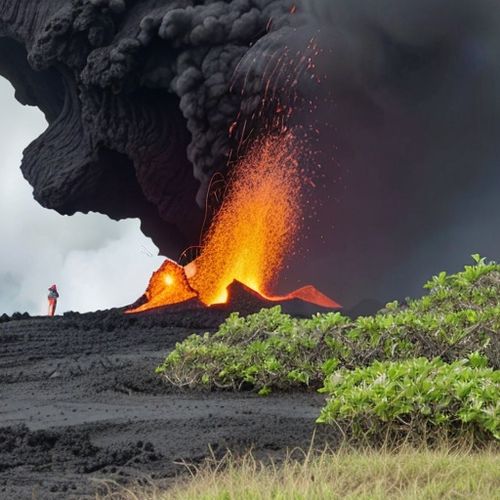
By Rebecca Stewart/Apr 7, 2025
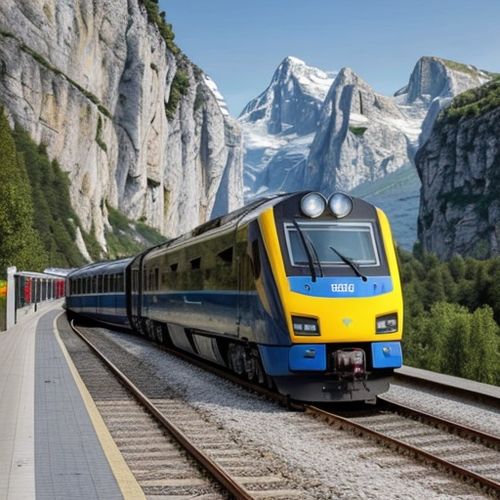
By Sarah Davis/Apr 7, 2025

By Rebecca Stewart/Apr 7, 2025
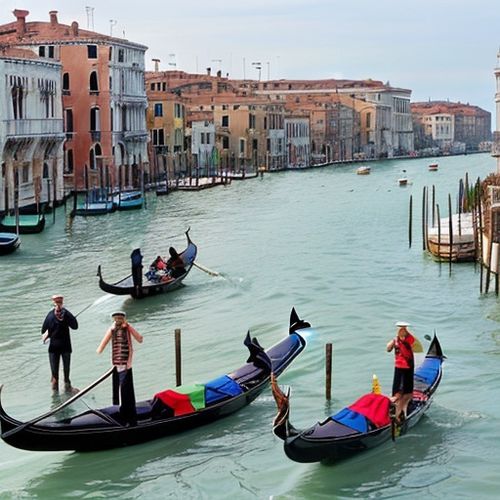
By Amanda Phillips/Apr 7, 2025

By Natalie Campbell/Apr 7, 2025
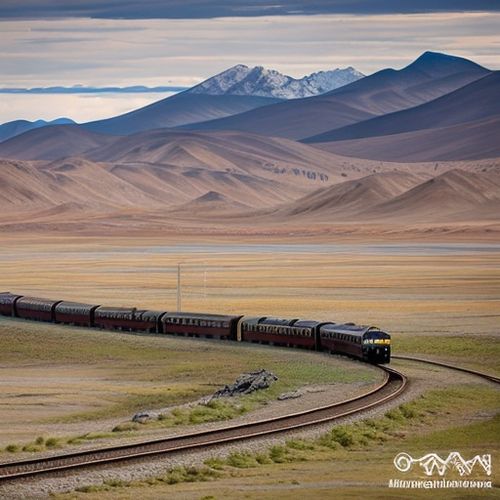
By Jessica Lee/Apr 7, 2025
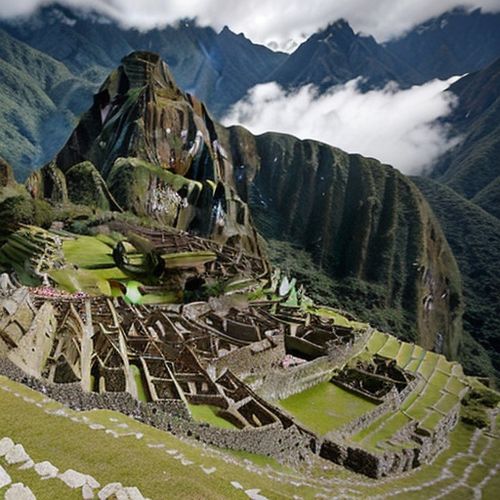
By Thomas Roberts/Apr 7, 2025
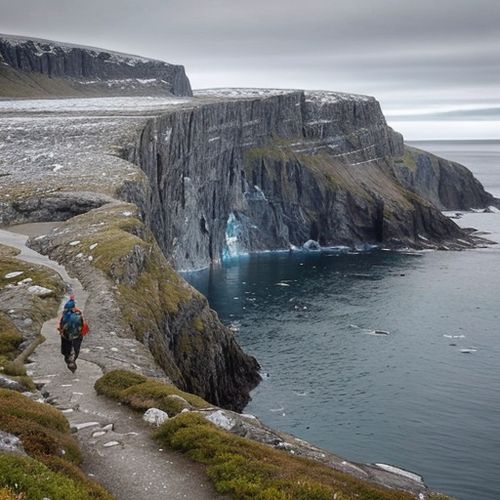
By Daniel Scott/Apr 7, 2025
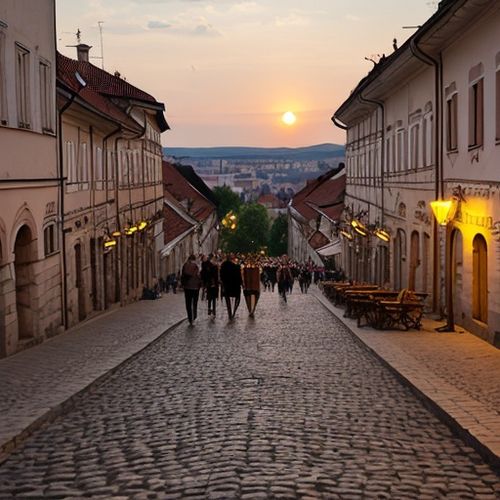
By Emily Johnson/Apr 7, 2025

By Victoria Gonzalez/Apr 7, 2025
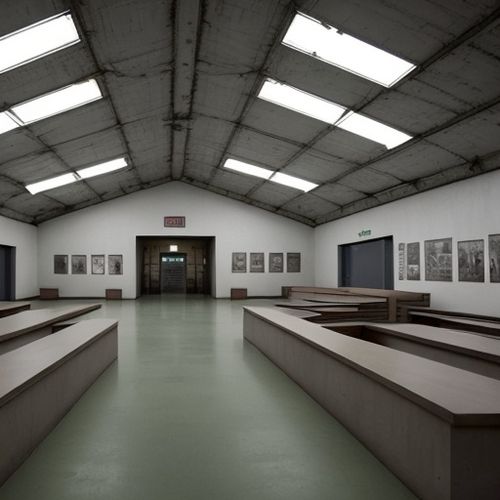
By George Bailey/Apr 7, 2025
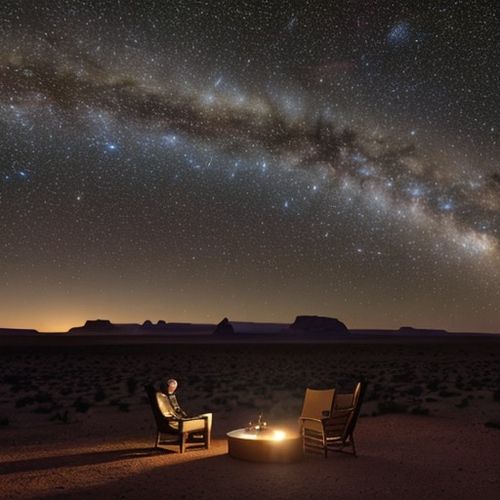
By Rebecca Stewart/Apr 7, 2025
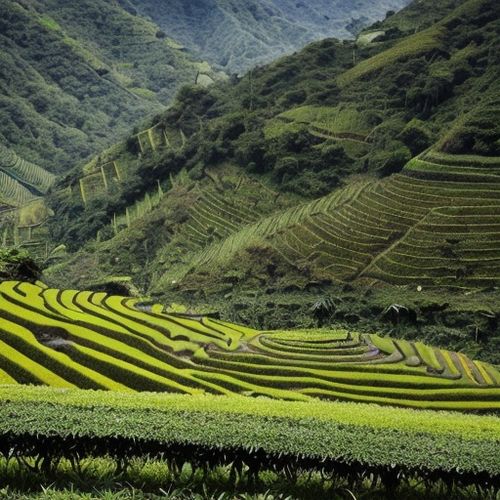
By Elizabeth Taylor/Apr 7, 2025
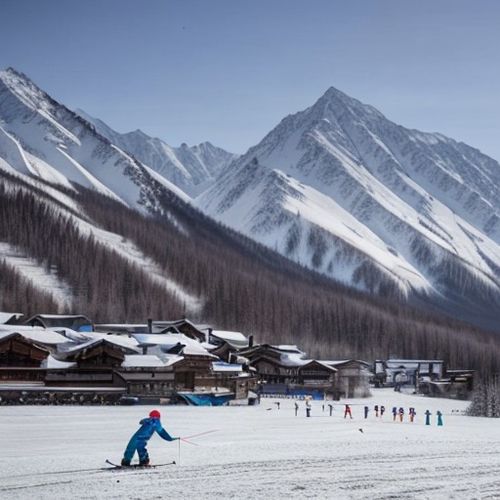
By Thomas Roberts/Apr 7, 2025
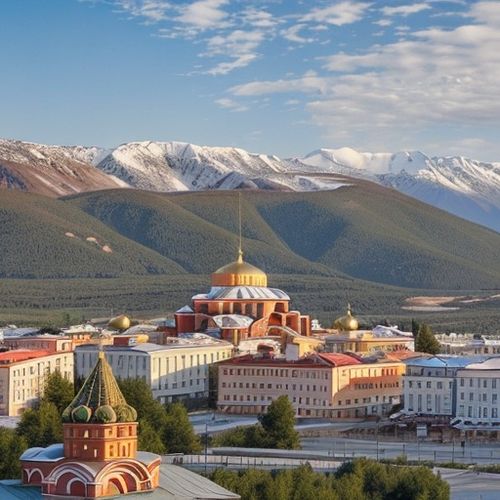
By Lily Simpson/Apr 7, 2025